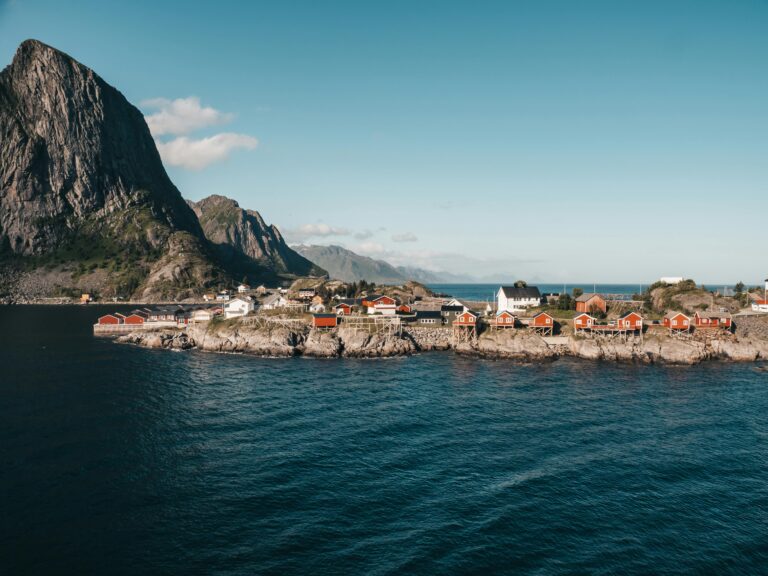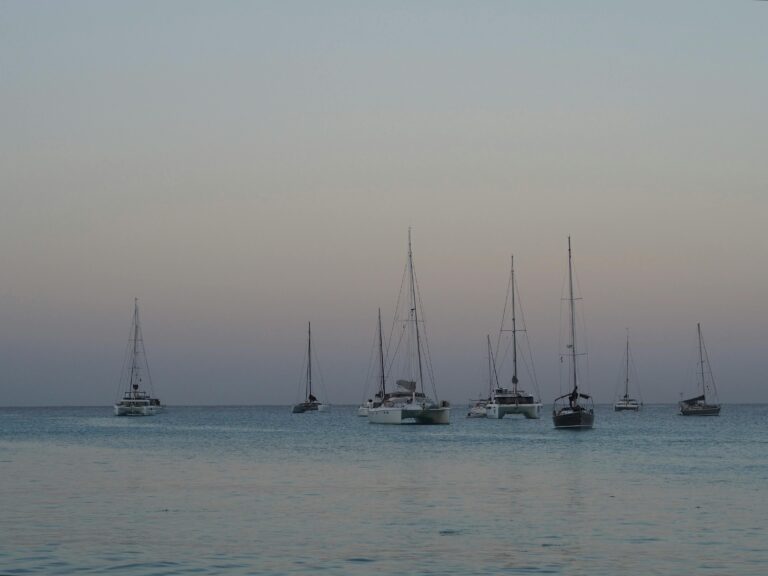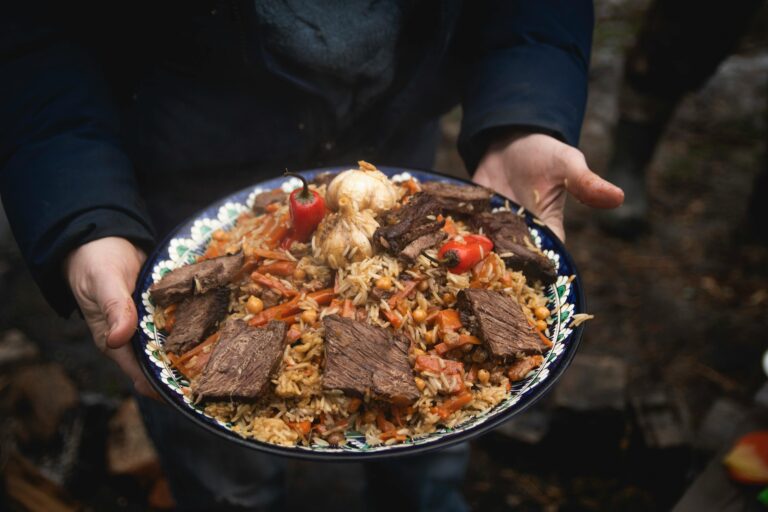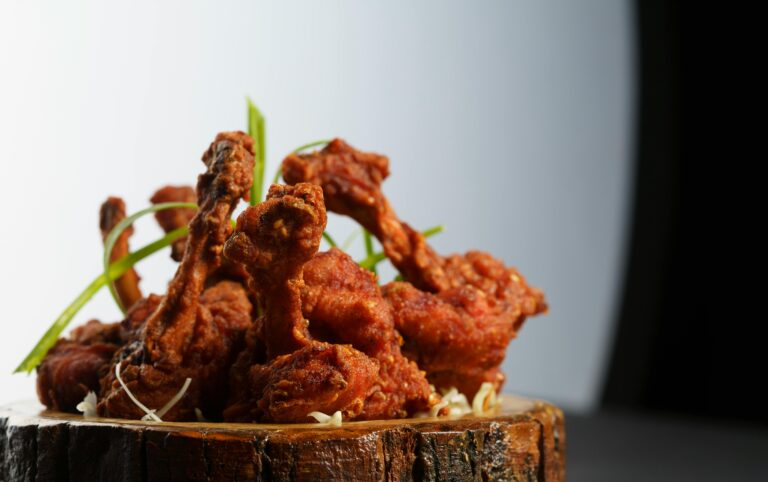Explore Best Destination
Discover our travel blog for inspiring stories, tips, and guides. From hidden gems to cultural experiences, we cover it all to fuel your wanderlust and help you plan unforgettable adventures!
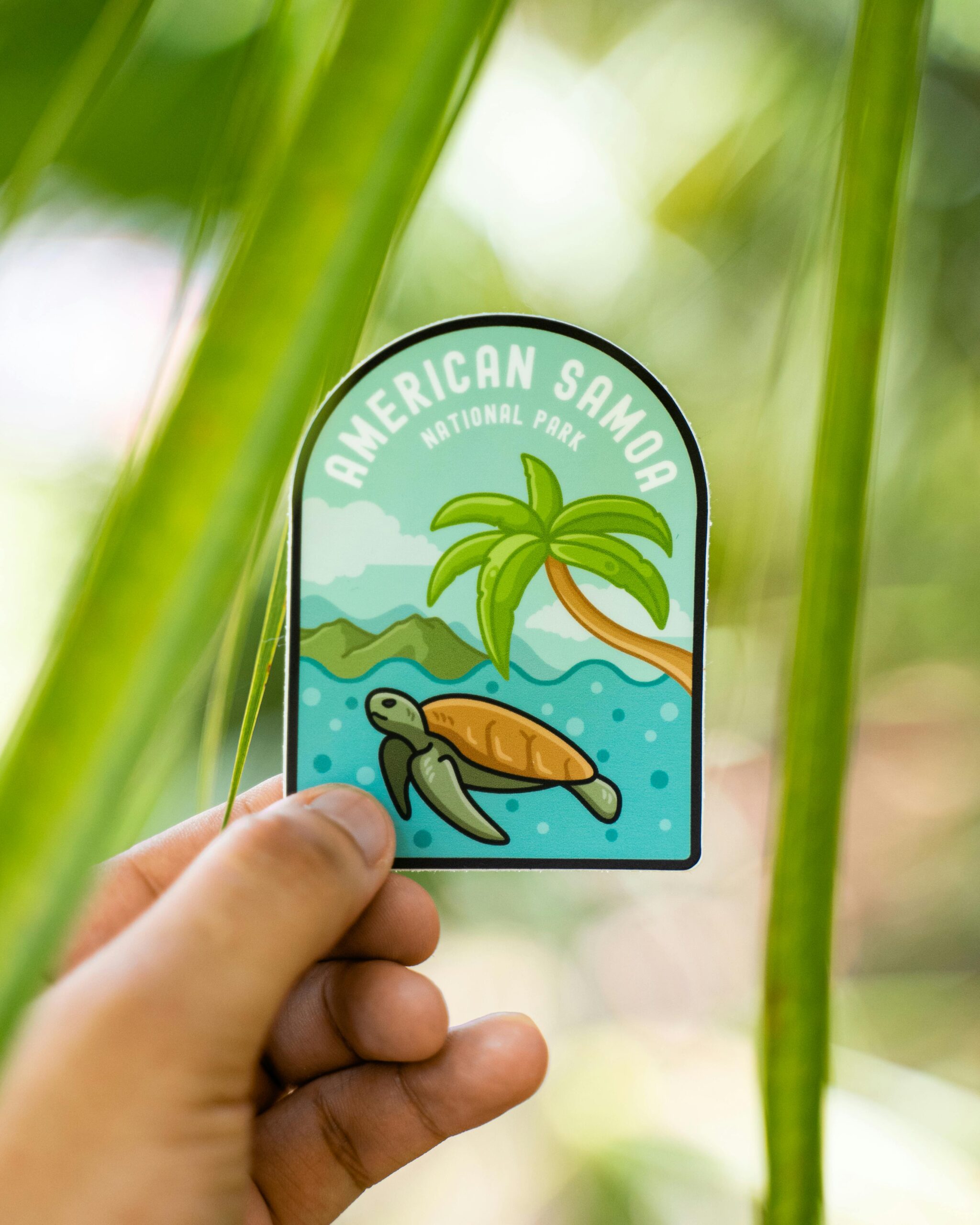
Best Time to Visit Samoa: A Comprehensive Guide for Your Perfect Tropical Getaway
Best Time to Visit Samoa: A Comprehensive Guide for Your Perfect Tropical Getaway
Nestled in the heart of the South Pacific, Samoa is an idyllic paradise known for its pristine beaches, lush rainforests, and rich Polynesian culture. Whether you’re drawn to its unspoiled landscapes, adventurous outdoor activities, or simply seeking a relaxing beach vacation, understanding the best time to visit Samoa will ensure you have a memorable and enjoyable experience.
In this guide, we’ll walk you through the seasons, weather patterns, and activities that will help you choose the best time to travel to Samoa, whether you’re planning a honeymoon, a family vacation, or a cultural adventure.
Samoa Weather Overview
Samoa has a tropical climate, characterized by warm temperatures year-round, with slight variations in weather conditions throughout the year. The country is located just south of the equator, which means its weather is marked by two primary seasons: the wet season (rainy) and the dry season.
1. Dry Season: May to October
The dry season, from May to October, is widely regarded as the best time to visit Samoa. During this period, the weather is generally sunny, with lower humidity and minimal rainfall, making it perfect for outdoor activities and exploring the islands.
- Ideal for Outdoor Adventures: The dry season offers ideal conditions for exploring Samoa’s stunning natural attractions, such as waterfalls, hiking trails, and pristine beaches. It’s also a great time for activities like snorkeling, diving, swimming, and surfing.
- Clear Skies for Sightseeing: With clear skies and pleasant temperatures, it’s easier to explore popular sights such as To Sua Ocean Trench, Samoa’s National Park, and the Papaseea Sliding Rocks. Hiking and visiting historical sites, such as the Robert Louis Stevenson Museum or ancient Matai Chiefs’ Villas, are also best done during this period.
- Ideal for Whale Watching: If you’re keen on spotting humpback whales, the dry season is the best time to visit Samoa. From July to October, humpback whales migrate through the waters off Samoa’s coast, offering some of the best whale-watching opportunities in the South Pacific.
2. Wet Season: November to April
The wet season in Samoa lasts from November to April, with the highest rainfall typically occurring between December and March. Although temperatures remain warm and tropical throughout the year, the wet season brings more frequent rain showers, high humidity, and the possibility of tropical storms.
- Lower Prices and Fewer Crowds: The wet season is Samoa’s off-peak period, meaning you can often find lower prices for accommodations and tours, and enjoy a quieter, more peaceful experience on the islands. If you’re looking for a secluded getaway without the crowds, this might be the time to visit.
- Tropical Rain and Humidity: While the wet season does bring more rain, it usually falls in short, intense bursts, followed by sunny spells. Humidity is higher during this period, so it’s important to stay hydrated and wear light, breathable clothing. The rain adds to the lush beauty of Samoa’s rainforests, waterfalls, and tropical landscapes, making it a great time for those who enjoy a more secluded experience.
- Cyclone Season: Samoa is located in the South Pacific cyclone zone, and while cyclones are not guaranteed during the wet season, they are more likely to occur between November and April. Be sure to check weather forecasts and monitor any travel advisories if visiting during this time.
Best Months for Specific Activities in Samoa
The best time to visit Samoa also depends on what type of activities you’re interested in. Below are the ideal months for specific experiences:
1. Snorkeling and Scuba Diving (May to October)
The dry season provides the best conditions for snorkeling and scuba diving. Samoa’s waters are crystal clear, offering excellent visibility for exploring vibrant coral reefs and marine life. Popular diving sites like Apolima Island and Savai’i are perfect for underwater adventurers during this time.
2. Surfing (April to October)
Samoa is renowned for its world-class surf spots, especially on the island of Upolu. The best time for surfing is during the dry season (April to October) when the swells are larger and more consistent. Siumu Beach and Salani Surf Resort are famous spots for both beginners and experienced surfers.
3. Cultural Festivals (Throughout the Year)
Samoa’s vibrant culture is celebrated year-round, with many festivals and events that offer visitors the chance to experience traditional music, dance, and customs.
- Siva Afi (Fire Knife Dance) Festival (April): One of the most exciting cultural events in Samoa, the Siva Afi festival showcases the incredible fire-knife dancing and other traditional performances that are part of Samoan heritage.
- Independence Day (June 1st): Samoa’s Independence Day celebrations feature parades, dancing, and performances that provide a great opportunity to immerse yourself in the country’s national pride and traditions.
- White Sunday (October): This is a significant event in Samoa, celebrated by the Christian community with church services, parades, and festivities. It’s a lively cultural experience that is steeped in Samoan religious and community traditions.
4. Whale Watching (July to October)
If whale watching is on your bucket list, plan your visit between July and October, when humpback whales migrate to the warm waters of Samoa. During this period, you can embark on boat tours or even swim with the whales to get a closer look at these magnificent creatures.
5. Hiking and Exploring (May to October)
Samoa’s natural beauty is perfect for hiking, with trails that lead to stunning waterfalls, volcanic craters, and lush rainforests. The dry season (May to October) is the best time for hiking, as the trails are drier and more accessible. Popular hiking spots include Mount Fito, O Le Pupu-Pue National Park, and the Togitogiga Waterfalls.
Factors to Consider When Planning Your Trip to Samoa
When choosing the best time to visit Samoa, it’s important to consider your personal preferences, budget, and the experiences you’re seeking:
1. Budget Considerations
- High Season (May to October): As this is the peak tourist season, you can expect higher prices for accommodations, flights, and tours. It’s advisable to book in advance if traveling during these months to secure the best rates.
- Low Season (November to April): The wet season offers lower prices and fewer crowds, making it a more budget-friendly option. However, you should be prepared for possible rain showers and tropical storms.
2. Crowds and Seclusion
- Dry Season (May to October): Expect more tourists during the dry season, especially in popular areas like Apia and Upolu Island. However, the vibrant cultural events and perfect weather conditions make it a bustling time for travelers.
- Wet Season (November to April): If you prefer a quieter, more intimate experience in Samoa, the wet season is a good time to visit. Many resorts offer off-season deals, and you can explore the islands in a more relaxed, peaceful setting.
Conclusion: When is the Best Time to Visit Samoa?
In conclusion, the best time to visit Samoa largely depends on your travel preferences and what activities you’re interested in. The dry season (May to October) is ideal for outdoor activities, sightseeing, whale watching, and cultural festivals. It’s also the best time for beach lovers, hikers, and divers.
For those seeking lower prices and fewer crowds, the wet season (November to April) offers a more budget-friendly experience, though the weather can be more unpredictable. If you’re looking for seclusion and a quieter vacation, the wet season provides a peaceful and lush environment for those willing to embrace the rain.
No matter when you choose to visit, Samoa’s breathtaking natural beauty, rich culture, and warm hospitality will make your trip a truly unforgettable experience!

Related Posts
Tag List
Adventure / Climbing / Hiking / Photography / Adventure / Tracking / Travel
Follow Us
- linked In
- google+
- YouTube


